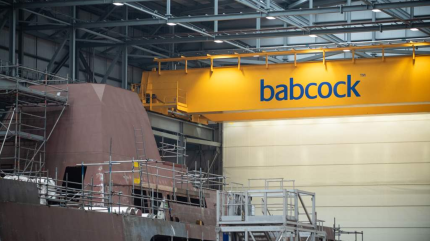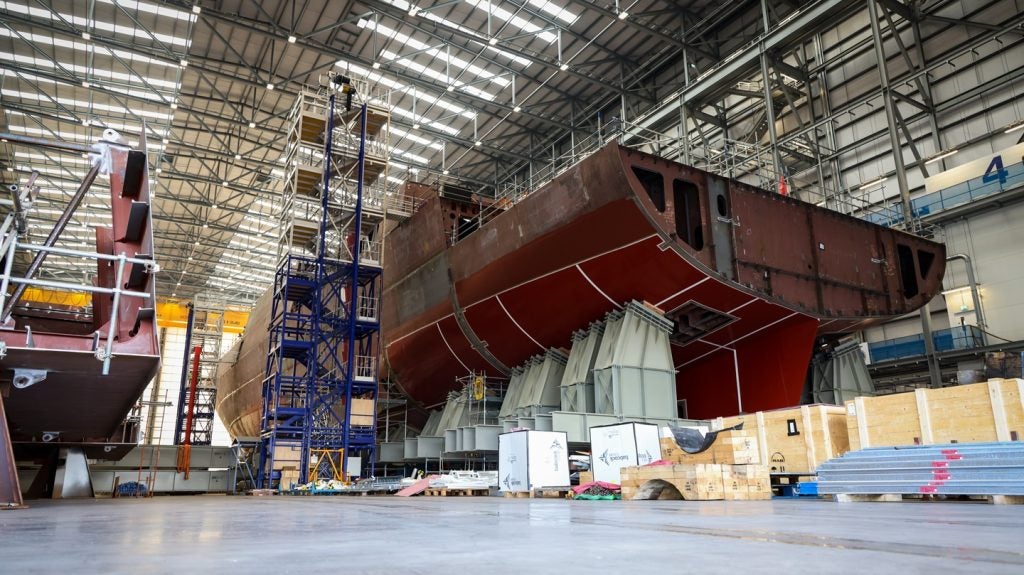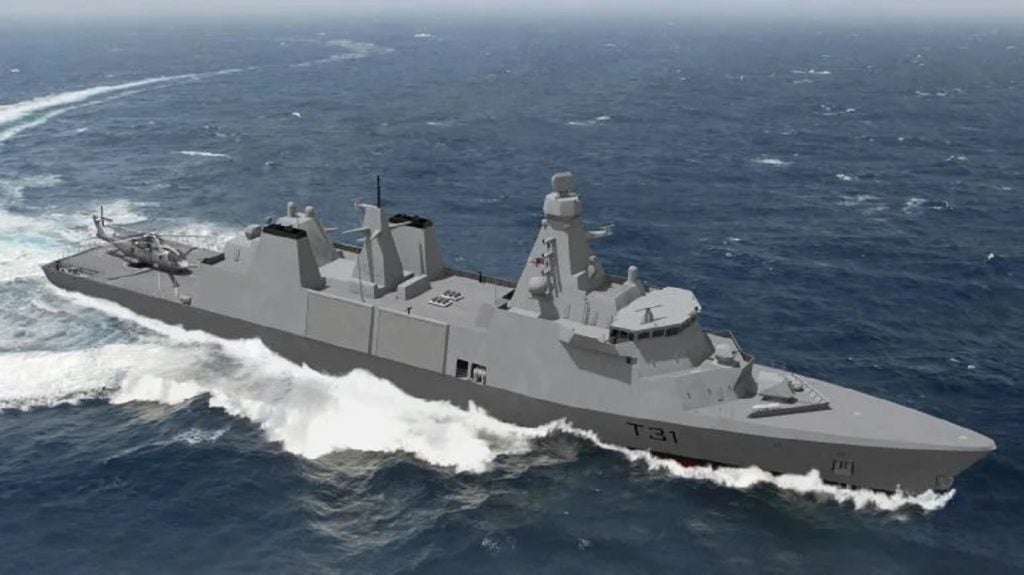
The award by the UK Ministry of Defence (MoD) to Babcock of a contract to perform a Capability Insertion Period (CIP) across all five future Type 31 frigates could indicate that the integration of the Mk 41 Vertical Launch System (VLS) will come during a mid-life upgrade process.
Announcing the £65m ($84.1m) deal on 10 April, Babcock stated that the CIP would add “crucial capabilities” that will support the frigates through their service life, and includes the insertion, testing, and enhancement of a number of upgrades that will “enhance the Type 31’s military capability”.
The Type 31 frigates will be a key element to the future of the Royal Navy’s surface force, and likely be forward-based in regions such as the Mediterranean, Middle East, and Asia-Pacific, to provide a permanent deployed presence.

Currently, the Royal Navy uses five Batch 2 River-class offshore patrol vessels in the forward-based role, with two deployed in the Indo-Pacific and one homeported at Gibraltar, in the western Mediterranean.
Positioning Type 31 frigates into areas such as the Middle East and Asia-Pacific would offer the ability to react quickly to emerging requirements and interests of the UK government.
To this end, the decision to integrate the Mk 41 VLS, taken in 2023, will enable the class to embark a wider range of munitions, including potentially the Tomahawk cruise missile, or possibly SM-series missiles currently operated by the US Navy.
Type 31 CIP was previously known
Naval Technology reported in 2024 that the Mk 41 VLS could be added to the Type 31 during CIP during their service life. However, it was not confirmed at the time whether all five vessels in class would see the MK 41 integrated during a future CIP, or whether later build vessels could have their design changed sufficiently to enable the installation of the VLS during initial build.
The announcement of a five-ship CIP for the Type 31 class, and the commitment to upgrades that will “enhance the Type 31’s military capability”, point to the frigates being built to a ‘fitted for but not with’ configuration, in preparation for future MK 41 VLS installation.
Alternatively, with the Type 23 frigates performing a limited integration of the Naval Strike Missile (NSM) in replacement of the obsolete Harpoon anti-ship missile, the Type 31 CIP could be related to NSM upgrades.
At the time of publishing, the MoD had not responded to questions from Naval Technology as to whether the future CIP for the Type 31 frigates is specifically to integrate the Mk 41 VLS.
The commissioning into service for the Type 31 frigates is running to an extremely tight timeframe, with the final ship-in-class, HMS Campbeltown, due to become operational in 2030-31. It is possible that HMS Venturer enters service in early-to-mid 2027, depending on outfitting and how sea trials perform, given the vessel is the first in its class.
Specifications: Type 31 frigate
Intended to be light patrol frigates from the outset of the programme, the Type 31 has evolved to form a reasonably capable full-spectrum surface warship, thanks in no small part to the decision to use a design derived from the Danish Iver Huitdfelt-class frigates.
Expected to displace over 6,000 tonnes, the Type 31 class will be equipped with a 76mm main gun system from BAE Systems and two 40mm secondary guns from Saab Bofors. Additional small arms include 12.7mm heavy machine gun points.

Anti-air missile capability will be performed by small Sea Ceptor ‘mushroom farm’, replaced by a 32-cell MK 41 VLS in later vessels that can also accommodate Tomahawk Block IV cruise missile for land and surface strike, as well as the Future Cruise/Anti-Ship Weapon (FC/ASW) being developed by the UK and France.
Sensors include the Thales’ NS110 4D multi-beam AESA radar and Artemis 360 naval infrared search and track system, and Terma Scanter and Anschütz NSX navigation radars. In addition, the Type 31 frigates will also be equipped with the Mirador Mk2 electro-optical tracking sensors.




